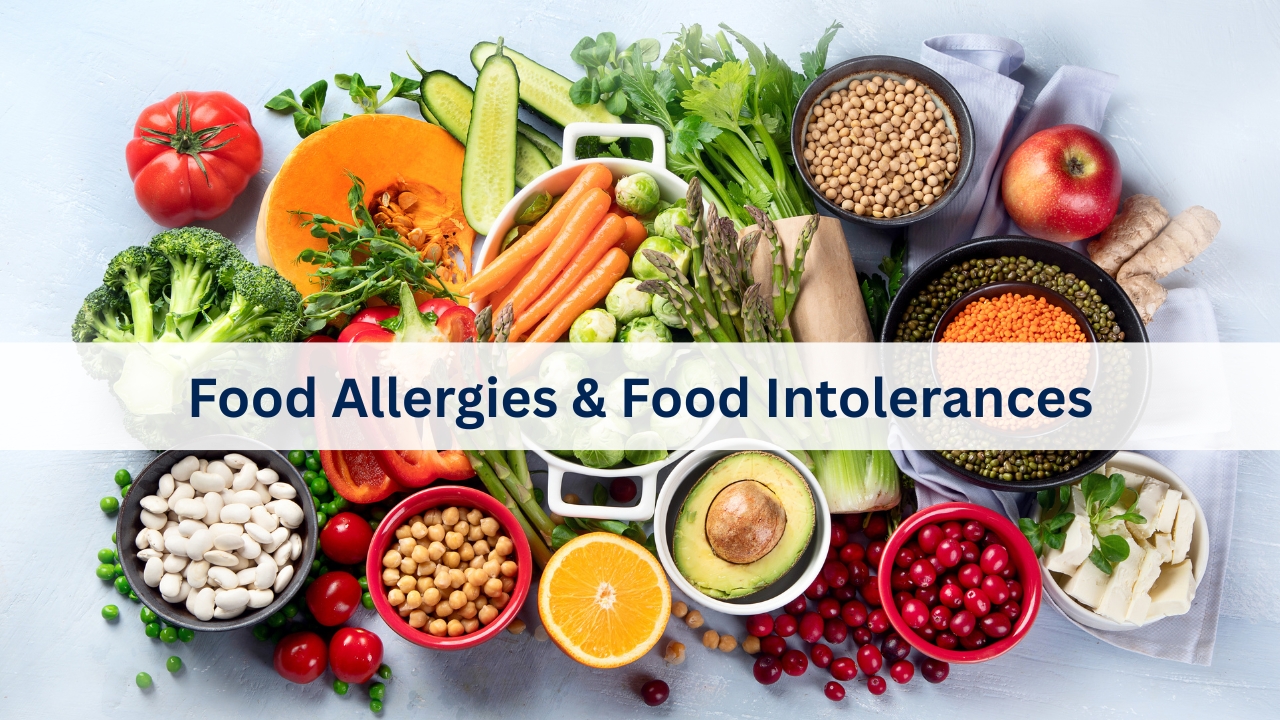Food is essential to our lives, but for some people, eating certain items can lead to unpleasant or even dangerous reactions. When someone reacts badly to a particular food, it’s often assumed to be a food allergy. However, many of these cases are actually food intolerances. While both conditions involve negative responses to what we eat, they are quite different in how they affect the body and how serious they can be.
A food allergy is a reaction that involves the immune system. When someone with a food allergy eats a specific food, their immune system mistakenly sees it as harmful and responds by releasing chemicals like histamine. This can lead to symptoms such as hives, swelling, itching, difficulty breathing, stomach pain, vomiting, or even anaphylaxis, which is a life-threatening condition that requires immediate medical attention. Common food allergens include peanuts, tree nuts, eggs, milk, fish, shellfish, wheat, and soy.
In contrast, food intolerance does not involve the immune system. Instead, it usually happens because the digestive system struggles to process a certain food properly. For example, people who are lactose intolerant don’t produce enough of the enzyme lactase, which is needed to digest the sugar in milk. As a result, they may experience bloating, gas, diarrhea, or stomach cramps after consuming dairy. Other examples of food intolerance include reactions to additives like MSG or sensitivity to gluten (which is different from celiac disease, a serious autoimmune condition).
One key difference between the two is the amount of food needed to cause a reaction. With allergies, even a tiny amount can trigger a serious response, which is why those with severe allergies often carry emergency medication like an epinephrine auto-injector. With intolerances, people might be able to consume small amounts of the food without major issues, or manage symptoms by adjusting their diet.
Diagnosing food allergies usually involves skin tests or blood tests conducted by an allergist. Food intolerances can be harder to pinpoint because there aren’t specific medical tests for many of them. Often, they are identified by keeping a food diary and eliminating suspect foods to see if symptoms improve.
Managing food allergies means avoiding the food entirely and being prepared for accidental exposure. It’s important to read food labels carefully and ask questions when eating out. For food intolerances, the approach is more flexible — avoiding large amounts of the offending food or using supplements like lactase pills can often help.
Understanding the difference between food allergies and food intolerances is important not just for those affected, but also for friends, family, teachers, and co-workers who can help provide a safer environment. With more awareness, we can support each other in making informed choices and preventing unnecessary risks. Whether it’s a mild discomfort or a severe reaction, listening to your body and seeking medical advice is always the best step toward better health.



Add a Comment